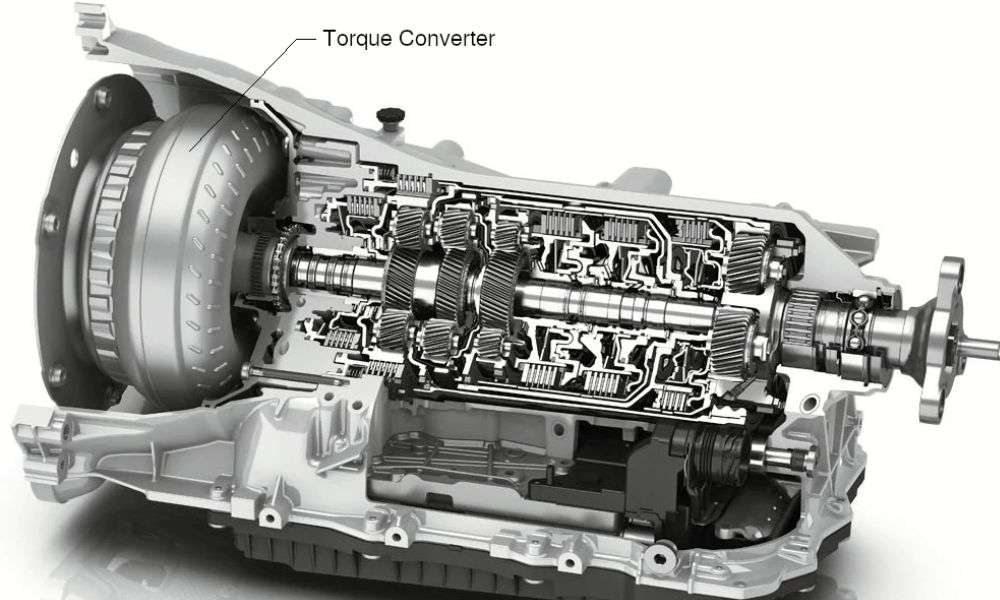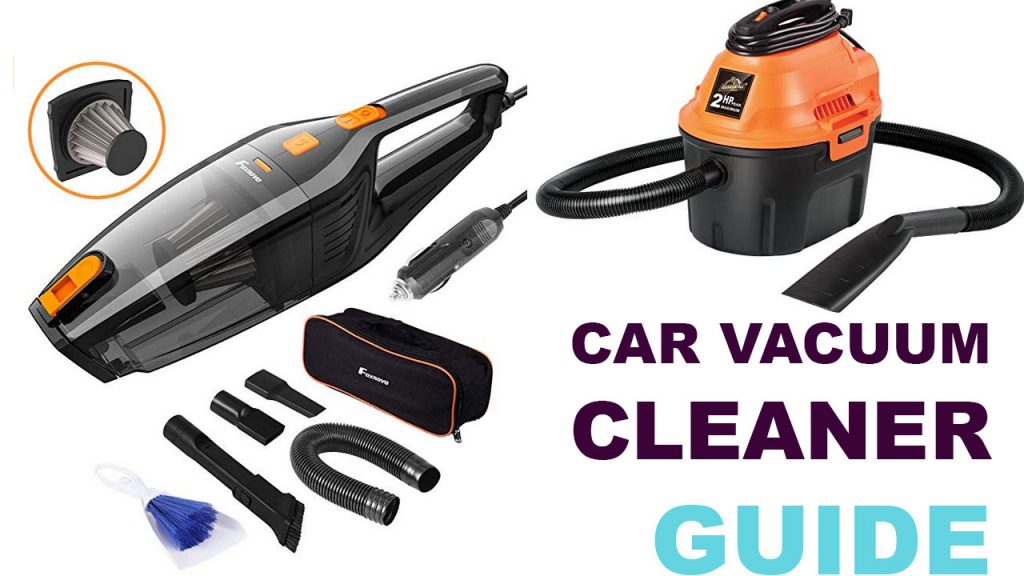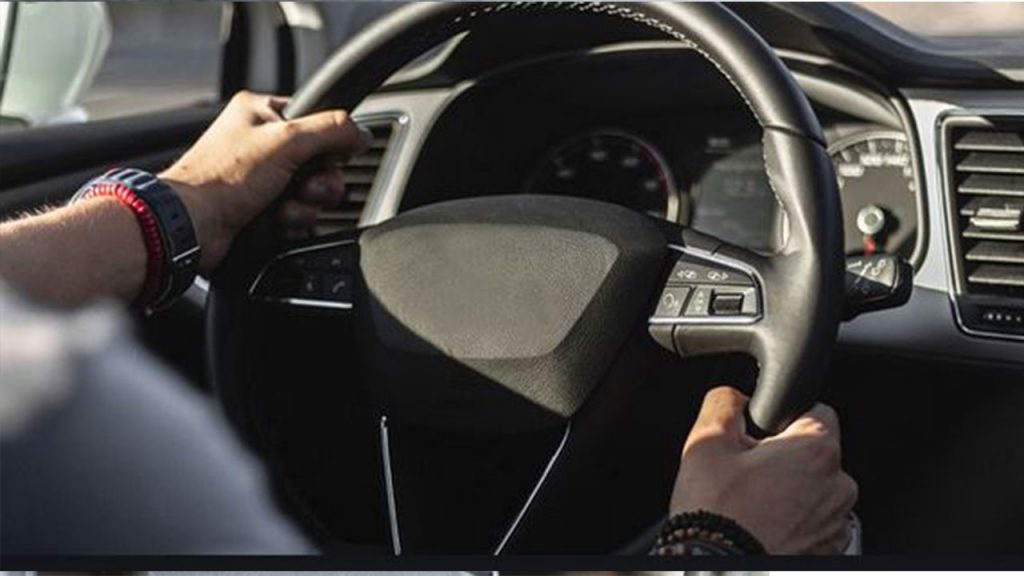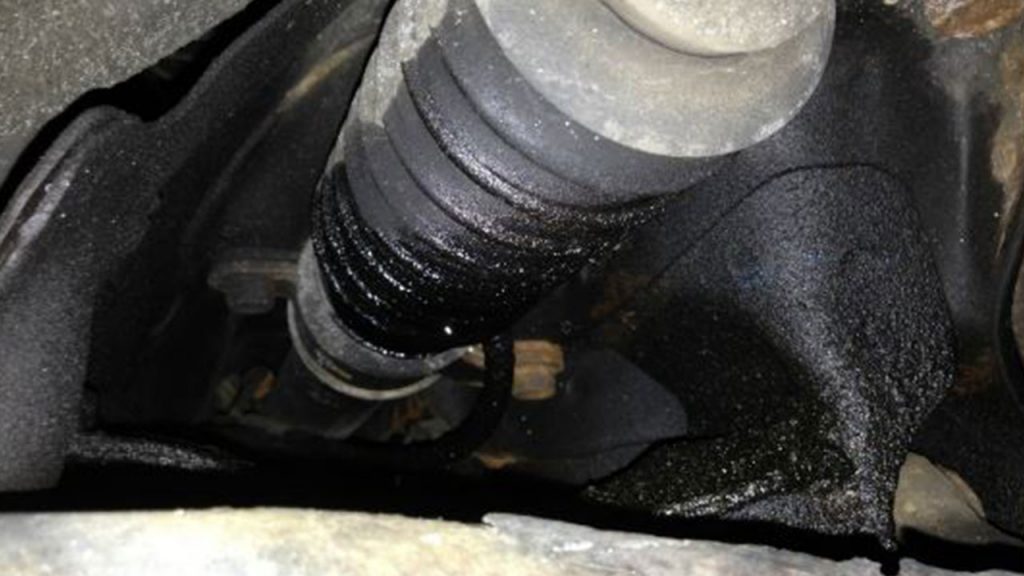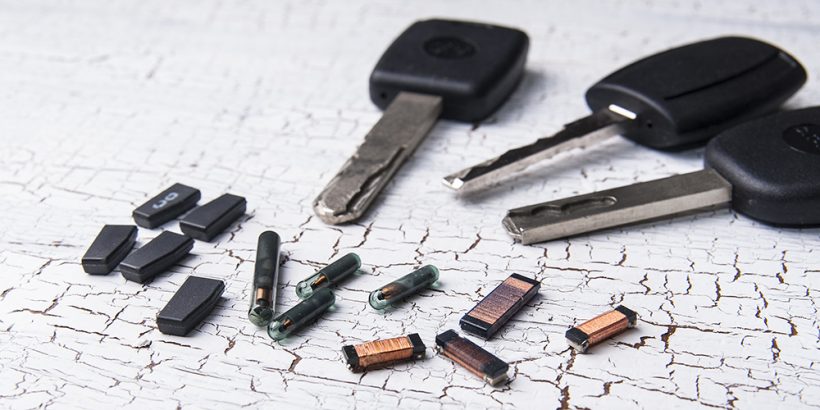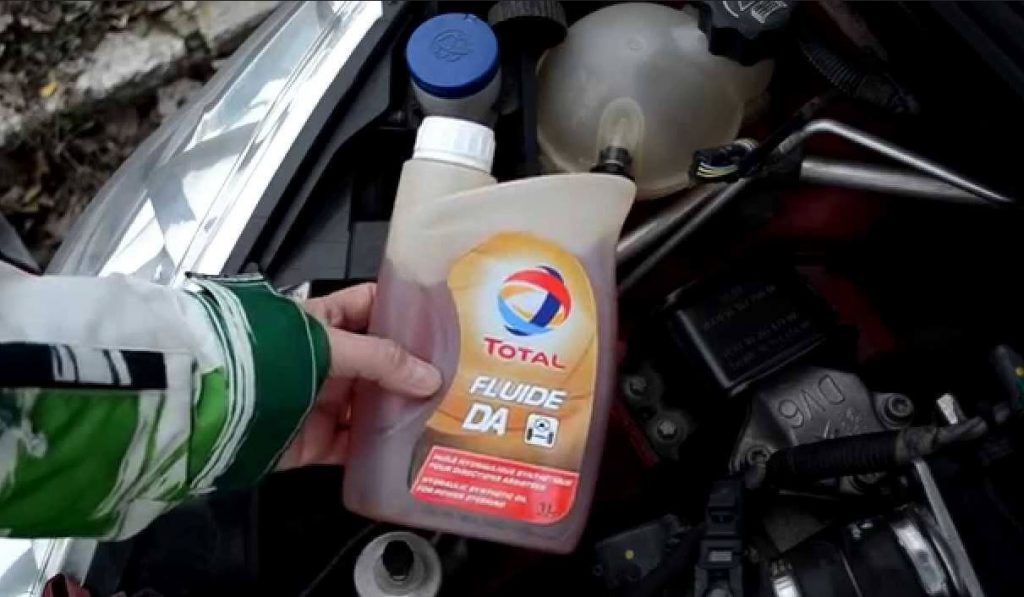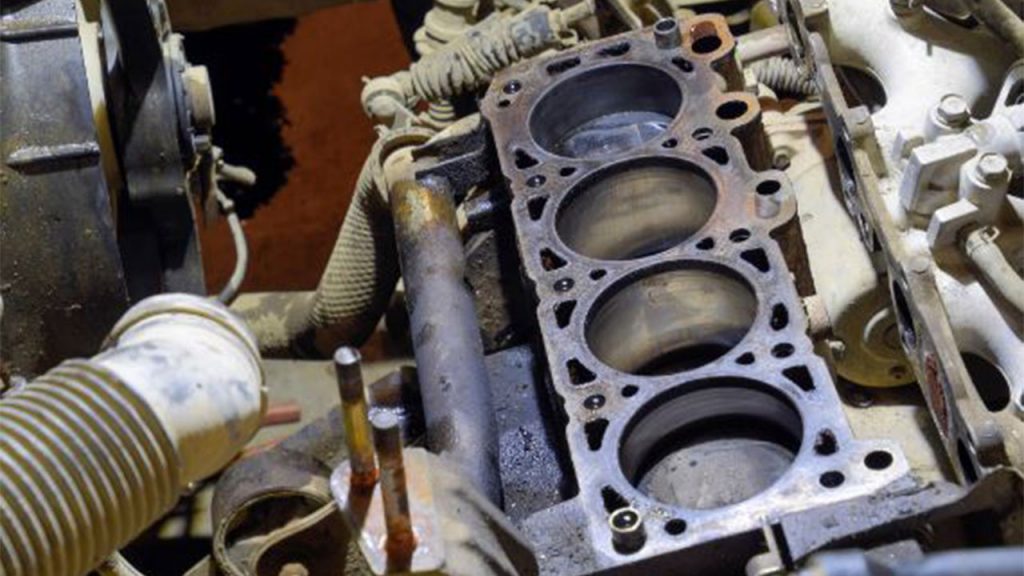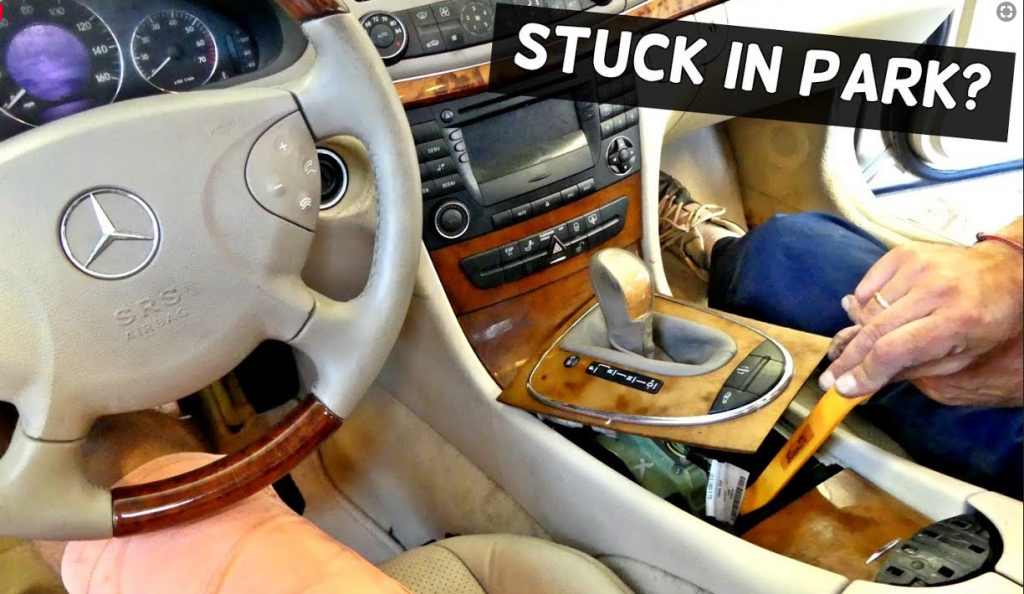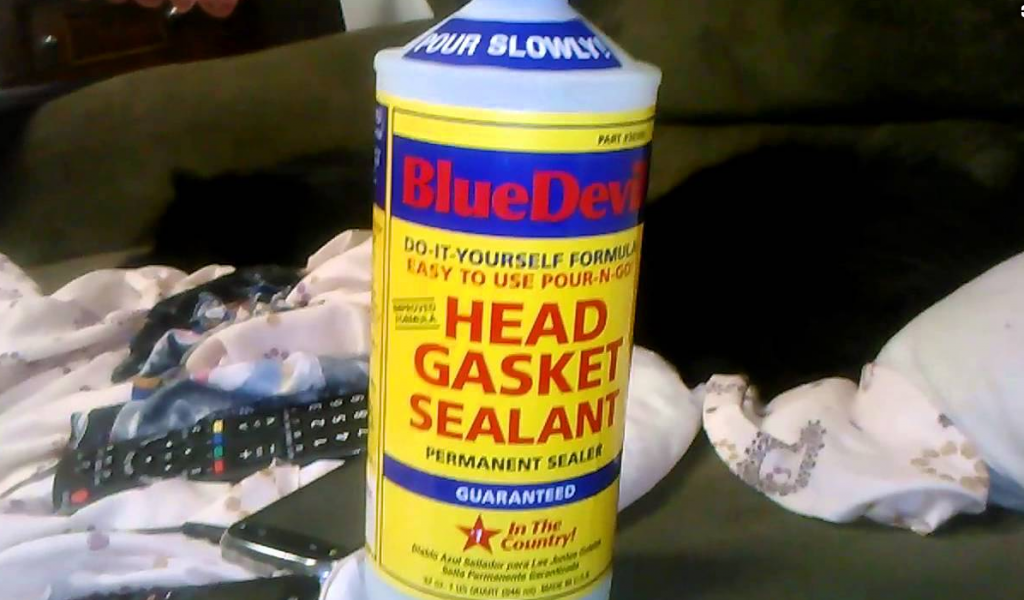Your vehicle’s unsung hero, the torque converter, quietly takes the power created by your engine and carefully transmits it to the transmission– and when it’s working, everything runs smoothly. The overrunning clutch is at the center of this action. This modest part does a lot for you; it makes your car shift gears so you can speed up or slow down. But when it doesn’t behave properly, the damage can be great: terrible performance, astronomically high fuel consumption, and, eventually, a big repair bill.
The good news? You don’t always need a fancy diagnostic machine to test the overrunning clutch. You can even do it yourself using a couple of tools and some patience. Ready to do something about it yourself? So let’s get into how we can test a torque converter overrunning clutch without any fancy equipment.
The Basics: What You Need to Test Without a Machine
And when it comes to testing your torque converter overrunning clutch-at least without any special-purpose equipment-you don’t need much. All you’ll need to complete the job are a couple of basic tools. Here’s what you’ll need:
- Jack and Jack stands for securely lifting your vehicle.
- A spanner to take off any bits you can do without.
- A flashlight for all the little hard-to-see spots under the car.
- A mechanic’s stethoscope to listen for abnormal noises, which might signal an issue.
- Transmission oil to check and top off if necessary.
These are basic, no-nonsense tools that give you the ability to manually test an overrunning clutch. With those alone, you can troubleshoot potential problems without spending too much.
Test Torque Converter Overrunning Clutch – How to do it yourself!
Do-It-Yourself testing of the torque converter overrunning clutch is gentile and available to anyone with operational knowledge of how your vehicle operates. It doesn’t take a mechanic or even a great deal of time or the perfect tool to help test the clutch. It may sound intimidating at first, but believe me, it isn’t. Although there exist complicated diagnosis that needs special equipment, we will show you in a couple of steps how you can examine the state of the overrunning clutch by hand. It can help you catch issues early and avoid expensive repairs down the line.
Overrunning Clutch Test Without a Machine
The notion of testing the overrunning clutch without a machine may seem preposterous, but it really is less complicated than it sounds. You don’t need cutting-edge technology; what you need is a little patience, a steady hand and a sharp eye. You can easily tell the state of the clutch by performing some basic manual tests yourself by spinning it by hand, listening for funny noises and examining the state of the fluid. They’re available, hands-on and don’t require any high-tech equipment. It’s about returning to the fundamentals.
How to Test the Torque Converter Clutch By Hand
For those who have thought the manual check wasn’t doing anything, rest assured, checking the torque converter clutch manually is one of the most accurate ways to know what is going on with a truck. Here’s what you do: First, shift your car into neutral, then shut the engine off. Use your hands to slowly rotate the clutch.
If it opens and closes with ease, without slowing or resisting you, you’re probably doing OK. But should you see any grinding or feel any resistance, that’s a red flag. You will want to keep an eye on what you are feeling and hearing as well during this test, as they will tell you a lot about the health of your clutch.
Manual Torque Converter Clutch Test
The torque converter clutch test I described is easy and reliable. Just drive the car around. After a few seconds, stop the car, without turning the engine off. Disengage the clutch, then let it out gradually. If it doesn’t disengage easily or feels stiff, those are signs that something is wrong. The clutch should release without any detectable drag. This basic test can tell you a lot about the health of the torque converter and whether or not additional testing or repairs need to be made.
Diagnosis of an Overrunning Clutch Torque Converter
There are several telltale signs of a torque converter overrunning clutch in need of replacement. If the car pauses or shudders when you shift gears, or if you’re able to hear any grinding or whining noises, it’s a good sign the overrunning clutch is failing. Slowed-down acceleration, as well as challenging gear changes, are some of the signs and symptoms of a bad transmission system. The sooner you pick up on these signs, the sooner you can stop further damage being caused to the gearbox parts.
Typical Torque Converter Overrunning Clutch Symptoms
How do you know when something is wrong? There are a few common symptoms indicating a failing or bad torque converter overdrive clutch. First off, your gears may be becoming engaged with a momentary lag, giving you a rough time getting into gear. Another symptom is slippage in the transmission when the engine speed increases and the vehicle speed doesn’t increase as it should.
It’s also a good sign that something is off if your transmission is making any funny noises, like grinding or whining. A drastic dip in mpg is another sign the clutch is underperforming. And if you develop any of these symptoms, don’t wait. Test and Inspect. Now it is time to test and inspect your clutch further.
How to test a torque converter clutch without a machine with a handy guide?
Here’s what you can do to test the torque converter overrunning clutch without involving fancy equipment:
- Preparation: Safely jack up the car using a jack and jack stands. Check to make sure it’s steady, and put it in neutral with the engine off.
- Manual Rotation Test: Rotate Clutch by Hand. If it’s freely and smoothly moving, you’re probably good.
- Fluid Check: Test the level and condition of your transmission fluid. Dirty or low fluid can affect performance, too.
- Test Drive: Hop in your car and take it for a spin, no more than a few blocks a couple times: Listen for anything that doesn’t sound right, grinding, whining, or otherwise unusual sounds that could point to a clutch problem.
- Check Clutch Engagement: Check the clutch engagement after the test drive. It needs to have smooth, free play opening and closing, with no drag.
By following these steps, you can diagnose your torque converter’s condition, no expensive machinery required!
Troubleshooting: What to Do If You Encounter Problems During the Test
You’ve taken the test, and something doesn’t feel quite right. What now? First things first, if you encounter any problems, check the oil levels. Dirty or low fluid is one suspect. In the event that the fluid is dirty or gritty, changing the fluid can help correct the problem. If it still persists, then more work may be necessary, like pulling and cleaning the torque converter. And if you continue to hear grinding sounds, you may need to replace the overrunning clutch entirely. Don’t stress; troubleshoot to determine whether you can fix the issue or if your computer’s crashed and you need to call that over-friendly IT chap from accounts.
How to Modify & Maintain the Torque Converter Overrunning Clutch
Not dealing with issues is very much better than dealing with them. You must provide your torque converter overrunning clutch with routine maintenance. Regularly monitoring the fluid level and keeping it clean can prevent numerous routine issues. If you observe any delay or harshness in shifting, adjusting, or replacing the fluid might do the trick. Check your clutch engagement and disengagement every once in a while to ensure it’s working smoothly. It is essential to follow the manufacturer’s maintenance recommendations for long-term performance.
When to Call a Mechanic: 5 Signs You Should Call for Auto Repair
While it’s often useful to try testing and repairing simple or minor problems yourself, others will need professional assistance. If you’ve gone through the steps and the problems are still there, grinding noises, slipping, or erratic shifting, it’s time to bring in the pros. A professional mechanic is equipped and trained to diagnose more complicated problems and advise a solution. Don’t risk it if you’re unsure; leave it to a professional.
Performance Of The Overrunning Clutch Under Varied Driving Conditions
The performance of the overrunning clutch can depend on your driving conditions. For example, mountain driving, which puts more strain on the transmission, can accelerate clutch wear. Hauling or towing the load can also add excessive strain to the clutch. Knowing how these factors affect your car can allow you to be a more cautious driver and help prevent unnecessary strain or wear on the overrunning clutch, and extend the overrunning clutch life.
Related Post: What Is a Torque Converter Stall Speed
Conclusion
It is possible and economical to test the torque converter freewheel with no machine. Equipped with the proper tools, you can get to a good manual test and see problems coming so you can keep your car running smoothly. Taking care of your vehicle and being in tune with its symptoms can save you thousands of dollars in costly repairs. Thanks to this guide, now you have the peace of mind to test and service your torque converter overrunning clutch at your own convenience.

